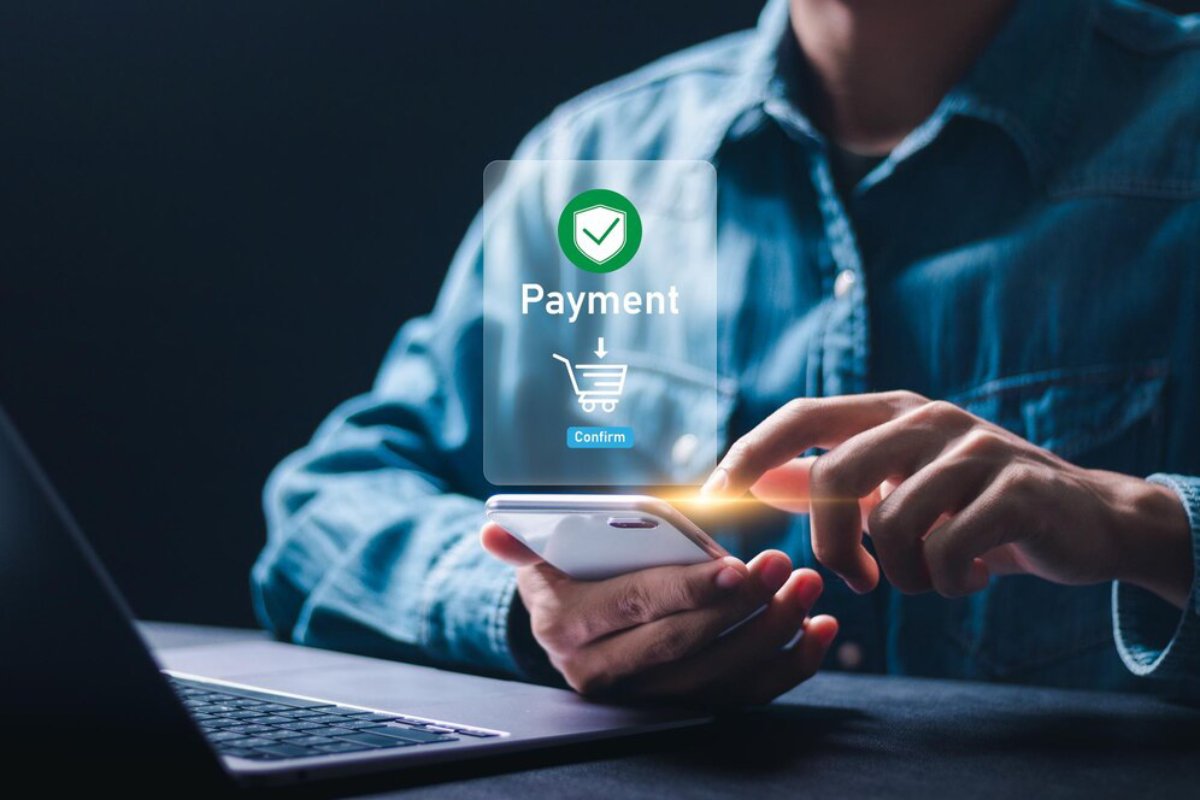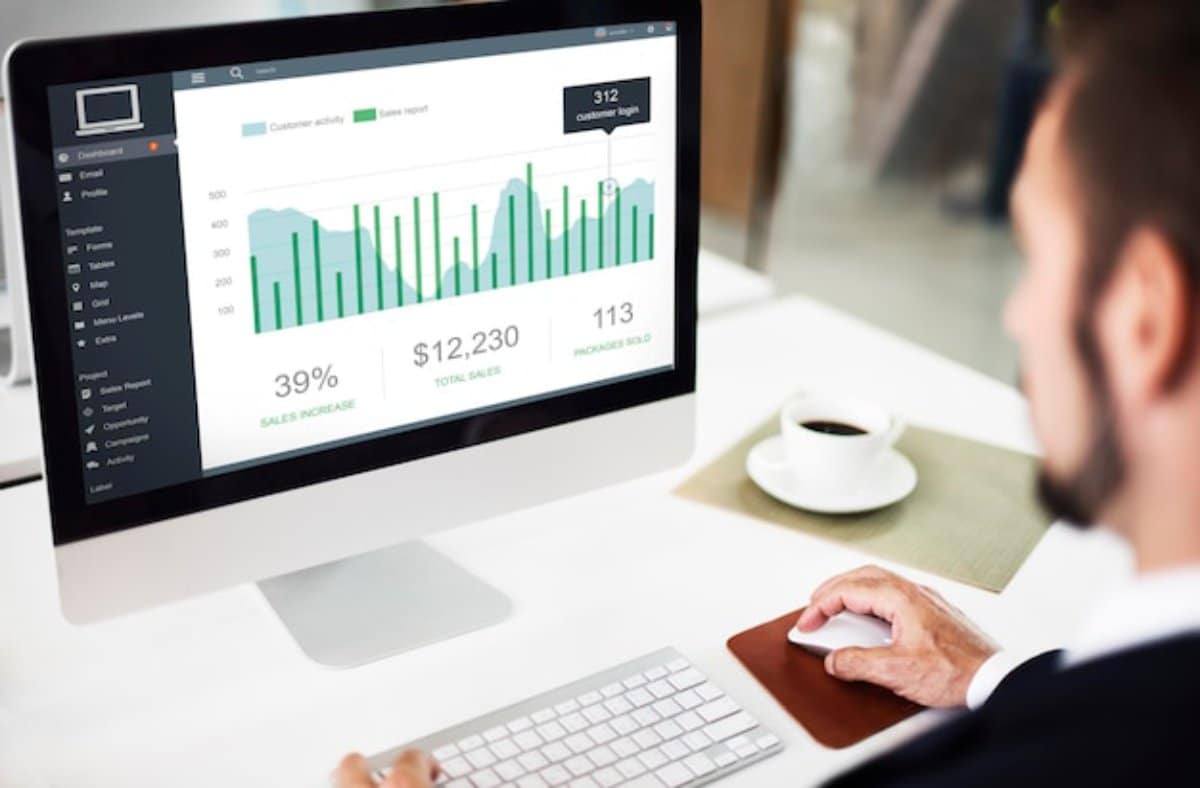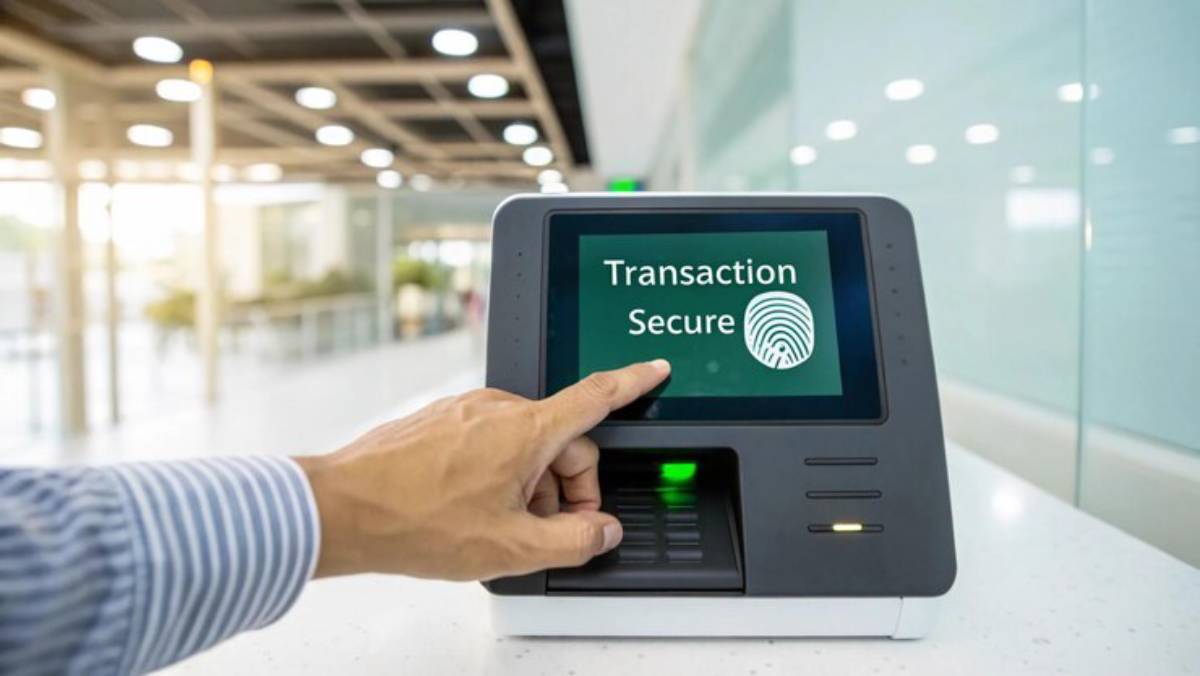
Payment Gateway vs. Payment Processor: Key Differences Explained
Untangling the World of Online Payments
Ever felt confused by all the jargon surrounding online payments? You’re not alone. Terms like “payment gateway” and “payment processor” are often mixed up. However, they have different roles in digital transactions. Understanding the difference can help you make better choices for your business. It can also clarify where your money goes when you shop online.
Picture this: you’re running an online store and ready to accept payments. Should you focus on choosing the right payment gateway, the best payment processor, or both? The answer is in knowing their unique roles and how they work together. This helps make online payments smooth.
This guide will explain the key differences between payment gateways and payment processors. It will show their roles in payment processing and help you find the best option for your needs. By the end, you’ll have a clear understanding of these essential players in the digital payment ecosystem.

What Is a Payment Gateway?
A payment gateway is like the front door to your business’s digital cash register. It safely collects and sends customer payment details from your website or app to the right banks for processing.
Role of a Payment Gateway:
- Encrypts sensitive data: Protects card details and personal information.
- Processes authorisation requests: It sends payment details to the processor and gets back an approval or decline message.
- Ensures secure transmission: Acts as a protective layer between your site and the financial world.
When you enter your credit card info at checkout, the payment gateway encrypts it. Then, it sends that info for authorization.
What Is a Payment Processor?
A payment processor handles the nitty-gritty of moving funds between banks. It communicates with the customer’s issuing bank and the merchant’s acquiring bank to complete the financial transaction.
Role of a Payment Processor:
- Routes payment information: Manages communication between the card network and the banks.
- Handles fund transfers: Moves money from the customer’s account to the merchant’s account.
- Manages authorisation, clearing, and settlement: Ensures the entire transaction lifecycle completes efficiently.
Example: The payment gateway sends encrypted details. Then, the processor verifies the funds and transfers them to the merchant.
Payment Gateway vs. Payment Processor: Core Differences
While both are essential to online payments, they perform distinct functions. Here’s a quick breakdown for easy comparison:
| Feature | Payment Gateway | Payment Processor |
| Function | Authorises and securely transmits payment data | Manages fund transfers between banks |
| Focus Area | Customer interface and data encryption | Transaction routing and settlement |
| Examples | PayPal, Stripe Gateway, Authorize.Net | First Data, Chase Paymentech, Global Payments |
| Involvement with Banks | Limited to data exchange | Deep involvement in fund movement |
| Security Role | Encrypts and safeguards sensitive information | Ensures smooth clearing and settlement |
Understanding these roles helps clarify why both are necessary for seamless online payments.
How Payment Gateways and Payment Processors Work Together
Though distinct, these two components operate hand-in-hand. Here’s a simplified payment processing comparison flow:
- Customer Initiates Payment: They enter payment details at checkout.
- Gateway Encrypts Data: The payment gateway securely transmits the data.
- Processor Takes Over: The payment processor communicates with the issuing bank.
- Authorisation Decision: The bank approves or declines the transaction.
- Response Sent Back: The payment gateway delivers this response to the merchant and customer.
- Funds Transferred: The payment processor moves funds from the customer’s bank to the merchant’s account.
This collaboration ensures that online payments are fast, secure, and reliable.
Why Understanding the Difference Matters for Your Business
When setting up payment solutions, knowing the payment gateway vs processor distinction helps you:
- Choose the right providers: Some companies offer both services (e.g., Stripe), while others specialise.
- Understand fee structures: Fees may differ between gateways and processors.
- Optimise user experience: Gateways affect the customer-facing side. Processors impact backend fund flows.
Real-World Scenario: A UK e-commerce shop moved to an all-in-one payment solution. This change cut costs and made support easier. However, larger businesses might prefer specialist providers for greater control.
Common Misconceptions About Payment Gateways and Processors
1. They’re the Same Thing
While they work closely together, their roles are distinct. Confusing them can lead to choosing incomplete solutions.
2. You Only Need One
You need both to handle online payments. This can be through different providers or a single service.
3. All Gateways and Processors Are Equal
Different providers offer varied features, fees, and levels of support. A payment processing comparison is essential to find the right fit.
Factors to Consider When Choosing a Gateway and Processor
Security and Compliance
- Look for PCI DSS compliance.
- Ensure advanced fraud detection tools.
Integration and Compatibility
- Check if the provider integrates with your e-commerce platform.
- Consider API availability for custom setups.
Payment Methods Supported
- Ensure they support credit cards, e-wallets, and regional options.
Fees and Pricing Structure
- Compare transaction fees, monthly charges, and hidden costs.

Customer Support
- Choose providers offering reliable, 24/7 support.
Future Trends in Payment Gateways and Processors
1. AI-Powered Fraud Prevention
Expect smarter algorithms that detect fraud in real time.
2. Cryptocurrency Integration
More gateways and processors will support digital currencies.
3. Biometric Authentication
Enhanced security through fingerprint or facial recognition.
4. Seamless Cross-Border Payments
Gateways and processors are improving support for international transactions with dynamic currency conversion.
Staying ahead of these trends ensures your online payments system remains competitive and secure.
Conclusion: Navigating the Payment Gateway vs Processor Landscape
Knowing the difference between a payment gateway and a payment processor is key for anyone dealing with online payments. These systems work together to ensure your transactions are smooth, secure, and efficient.
Understanding their roles helps you make better business decisions. You can choose an all-in-one provider or go for separate specialists. Now that you know this, you can improve your payment setup. This will help you give your customers a smooth experience.
Have questions or insights about payment gateways and processors? Share your thoughts in the comments below or subscribe for more expert insights on digital payments!


